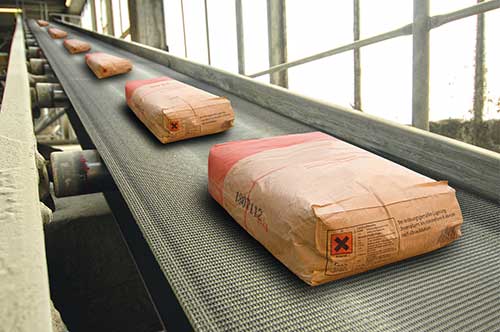Iran’s stationery market is worth 40 trillion rials ($1 billion) per annum.
"Not long ago, more than 90% of this market used to be in the hands of foreign brands," Secretary-General of the Students’ Islamic Unions Hamed Alamati said, adding that today things appear to be gradually looking up for Iranian producers.
According to Mousa Farzanian, the head of the Union of Stationery and Engineering Equipment Sellers, in the last fiscal year (ended March 20, 2017), Iranian producers held a 30% share of the domestic market, the Persian daily Iran reported.
“The figure has reached 40-45% this year,” he said.
Based on official figures, more than 12 million school students have enrolled in the upcoming academic year that starts on September 23.
Now in the runup to the opening of schools, the market is thriving, as families purchase the required stationery, including notebooks, pens, pencils, rubbers and backpacks for their school-going children.
Every year, about 150 million notebooks are bought, 95% of which are produced domestically.
About 500 million pens are consumed in Iran annually, of which only 100 million are locally manufactured.
"About 400 million pens, accounting for 80% of domestic demand, are annually imported, mostly from Germany and China," said Farzanian.
Chinese products alone hold a 50% share of Iran's stationery imports, as the variety and low price of Chinese stationery have made them popular among both importers and students.
The remainder of the imports is made from Indonesia, Thailand and Vietnam, as well as some European countries.
This is while domestic producers claim that the quality of Iranian stationery is on par with international standards and can easily compete with foreign brands.
According to Farzanian, Iranian stationery manufacturers have the capacity to meet 80-85% of domestic demand and are now working below capacity.


